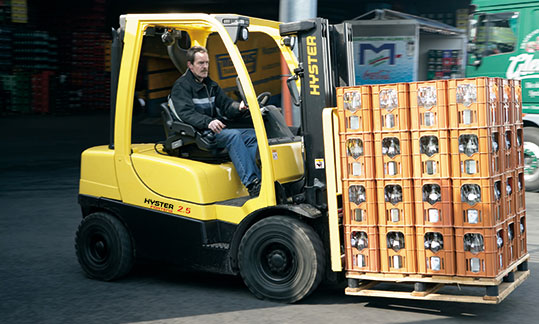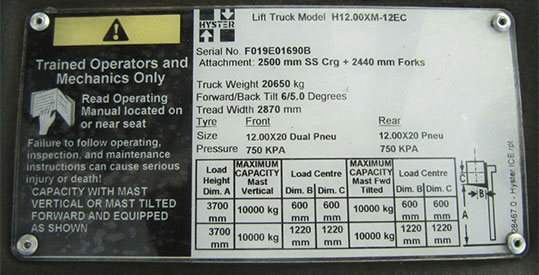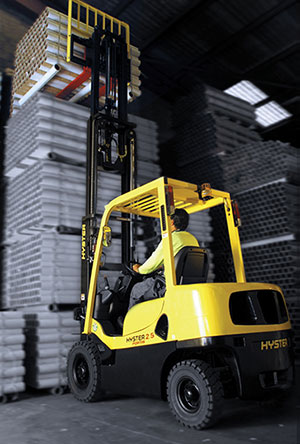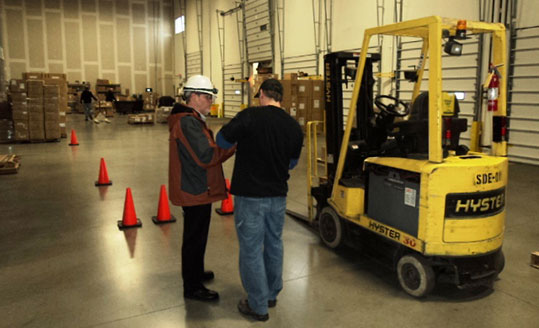Knowing your Forklift's Load Capacity
As more forklift options and attachments become available, it is increasingly important for forklift operators to have a clear understanding of their forklift’s load capacity and the risks that are involved in exceeding it. This week’s blog will highlight what forklift operators should know regarding a forklift’s load capacity and practices that should be in place in order to maintain safety around the workplace.

What is a forklift load capacity?
A forklift’s load capacity is determined as the maximum weight that a forklift is able to safely carry at a specified load centre. If the load is not centred at the precise position then the forklift’s capacity will therefore be reduced.
What is a load capacity data plate?
The load capacity data plate specifies the load each forklift can safely lift at different mast angles or when it is fitted with an attachment. The plate should display; the load capacity, lift height, load centre distance, brand and model number. The plate should also display:
• Down rating of lifting capacity if a mast is fitted
• Down rating for specific attachments that are identified on the capacity plate

Attachments and Load Capacity
If an attachment is fitted to the forklift then there is the potential that the dynamic and operating characteristics of the forklift will change. It is important for attachments to have rated capacities as well as de-rated capacities. Ensure you have access to information regarding the de-rated capacity of the forklift when an attachment is fitted.
Lift Heights
A forklift’s load carrying capacity is significantly affected by lift height or maximum fork height. Forklifts with high masts have a greater carrying capacity at lower lift heights than at maximum lift heights, therefore, forklifts with high masts may have a dual capacity rating at the maximum lift height, allowing the forklift operator to work with heavier loads at low heights.

Risks
Workers with an inadequate knowledge of a forklift’s load capacity are placing themselves and those around them at serious risk. Forklift operators should be aware of the following:
• The effects of a loads weight, shape and size on a forklift
• The correct way that a load should be fitted
• The difference between the model number on the forklift and the forklift’s load capacity plate
8 Quick Tips
1. Buy or hire forklifts with a slightly bigger load capacity than what is actually needed
2. Estimate the safe load capacity with oversized loads
3. If the stated load centre is exceeded then counteract this by reducing the weight of the load
4. Ensure that the load capacity data plate is legible, fitted and correct
5. Know the capacity of your forklift and never exceed it
6. Check the marked weight of an object, alternatively use a scale to weigh loads
7. Train operators to use the load capacity plate other than assuming the forklift’s load capacity
8. Work out what forklift is needed within your workplace, along with its capacity and safety features

Knowing and understanding your forklift’s load capacity will determine the level of safety within your workplace, therefore it is important to ensure you and your workers are aware of the risks associated with exceeding a forklift’s load capacity.